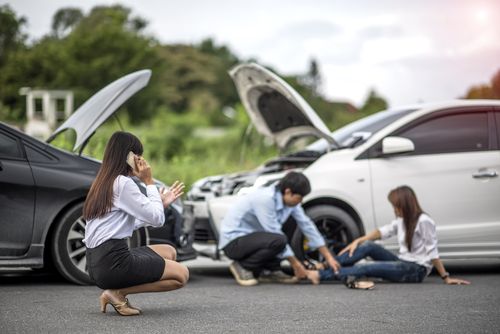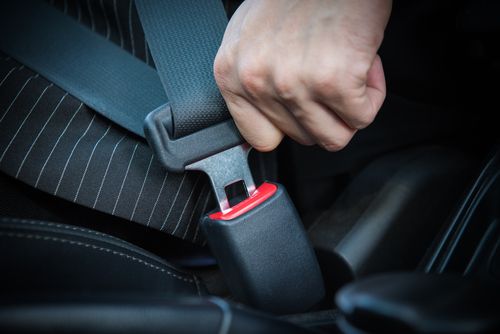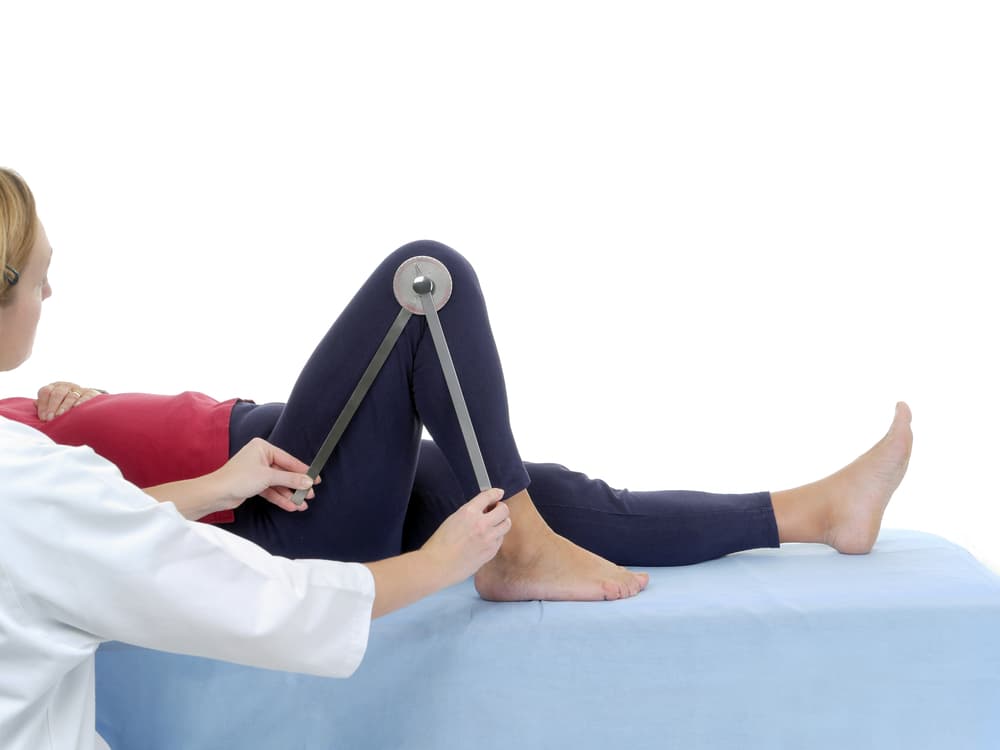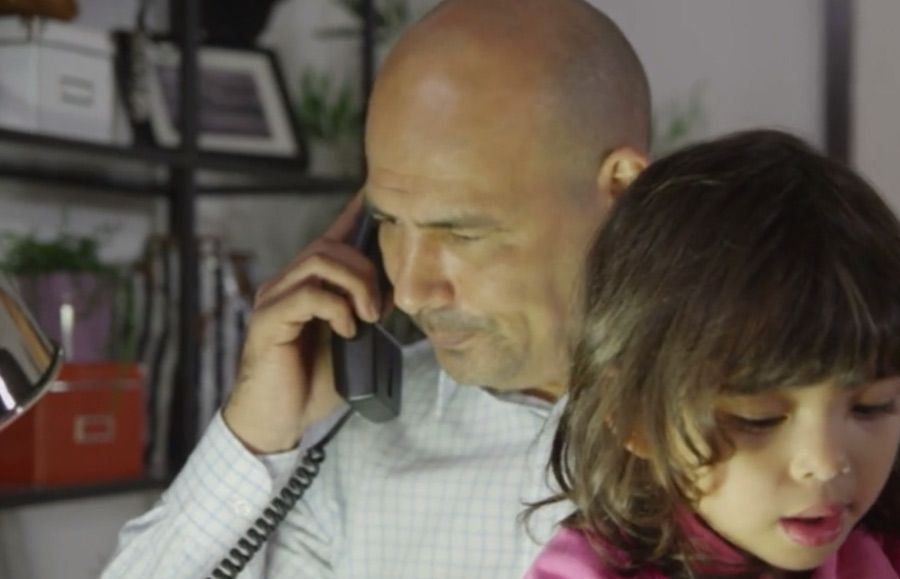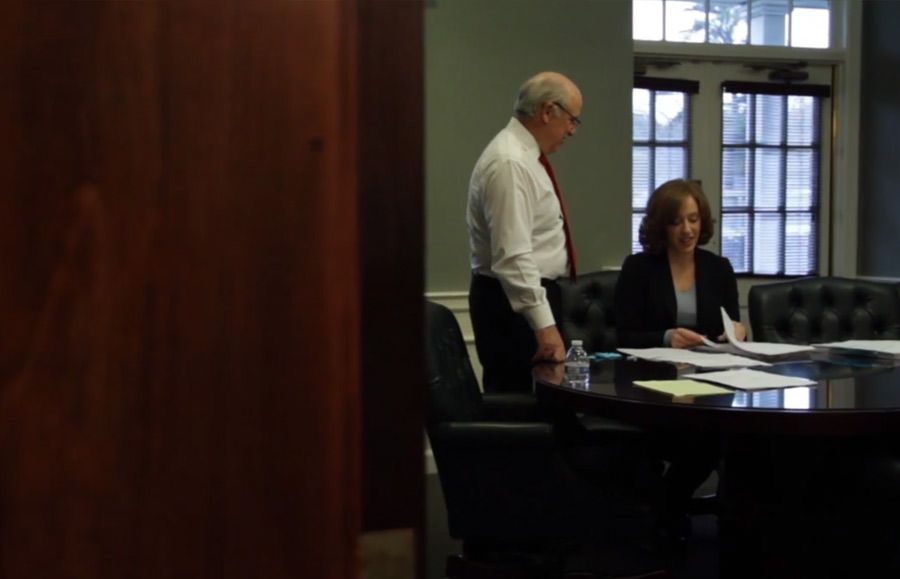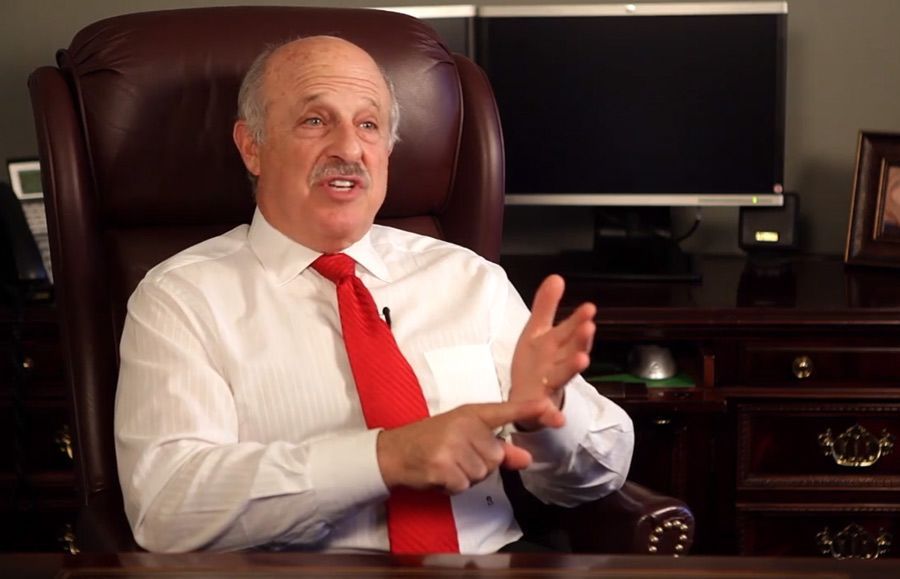On Long Island, the sudden jolt of a rear-end collision is an unfortunately common experience. When you are the driver of the front car, the legal assumption is straightforward. New York law presumes the driver in the back is at fault, a principle rooted in the fundamental duty of every driver to maintain a safe following distance from the vehicle ahead.
However, this presumption is not always the case. What if the brake lights of the car in front of you were not working? What if another vehicle cut you off, leaving no time or space to react? In these situations, liability can be challenged, but doing so requires a thorough and detailed investigation into the specific evidence of the crash. A Long Island car accident lawyer can investigate these circumstances, gather the right evidence, and fight to prove who was truly at fault.
If you have questions about your accident and what the future holds, you deserve to get clear, straightforward answers from someone who understands what you are going through.
Our team at Rosenberg & Gluck LLP is here to listen and provide guidance. For a free, no-obligation consultation about your case, please call us at (631) 451-7900.
Why Do So Many Rear-End Collisions Happen on Long Island?
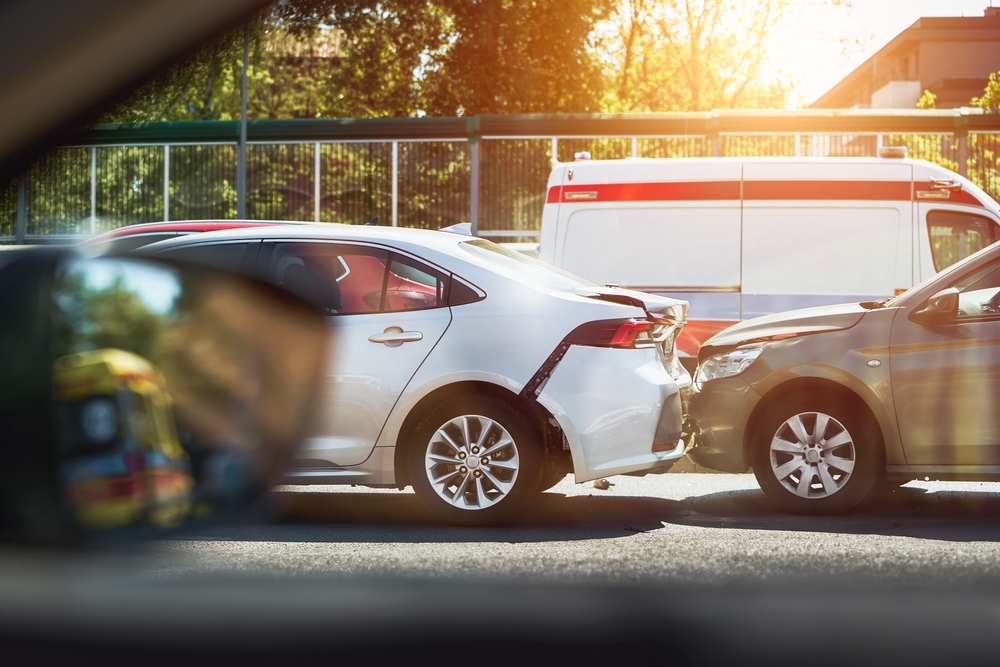
A Question of Time and Place
Data reveals a clear pattern: more crashes in Nassau and Suffolk counties occur on weekdays between 3 p.m. and 6 p.m. than at any other time. In a recent year, Nassau County reported thousands of crashes during this peak commuter window, with Suffolk County seeing a similarly high number. This is the time when our roads are most congested, when patience wears thin, and the probability of a simple mistake leading to a rear-end or chain-reaction collision escalates dramatically.
Long Island’s Most Dangerous Roads
Certain roadways on Long Island have earned a notorious reputation. Major arteries like Route 25 (Jericho Turnpike) and Hempstead Turnpike are frequently cited as hotspots for accidents due to heavy traffic volume and countless intersections. Highways such as Route 27 (Sunrise Highway) are also known for serious collisions, including devastating rear-end crashes, partly due to the mix of high speeds and dense traffic flow. If a car hits you from behind, the law generally presumes the rear driver is at fault, but you still need strong evidence to protect your rights and pursue fair compensation.
The Human Factor: A Look at the Data
While road design and traffic density play a role, the leading cause of these accidents comes down to driver behavior. Unsafe speed and distracted driving are consistently among the top contributing factors. Another significant cause is the failure to yield the right-of-way, which accounts for thousands of crashes across both counties annually.
The Legal Rulebook: What Does New York Law Say?
The “Following Too Closely” Rule: The Foundation of Fault
The foundation of nearly every rear-end liability case is found in New York Vehicle and Traffic Law § 1129(a). It mandates that every driver must leave a “reasonable and prudent” amount of space between their vehicle and the one directly ahead of them, taking into account speed and traffic conditions.
Because of this law, a legal inference—a starting assumption—is created: the driver of the rear vehicle violated this duty and is therefore at fault. This concept is sometimes referred to by the legal shorthand res ipsa loquitur, a Latin phrase meaning “the thing speaks for itself.” The very occurrence of the collision implies that a breach of duty took place.
What is “Comparative Fault” and How Does It Affect Your Claim?
New York operates under a “pure comparative fault” rule, which is detailed in CPLR § 1411. This legal principle means that if you are found to be partially responsible for causing the accident, your potential compensation can be reduced by your percentage of fault.
Asserting that the front driver shares some of the blame is a common tactic used by insurance companies to minimize the amount they have to pay. Our firm anticipates these arguments from the very beginning. We build a case designed to demonstrate that the other party bears the maximum possible responsibility for the collision.
How We Build a Case to Prove Liability
The Police Accident Report (MV-104A)
This report is the first piece of official evidence we scrutinize. It contains the initial observations and findings from the scene of the crash. We look for key details, including:
- The Officer’s Narrative: This section provides a description of how the responding officer believes the collision occurred based on their immediate investigation.
- Citations Issued: We check if the other driver was issued a ticket for a violation like tailgating, speeding, or another infraction that contributed to the accident.
- Party and Witness Statements: The report documents what each driver and any available witnesses said in the immediate aftermath, which can be invaluable.
- Diagram of the Scene: A visual representation of the final resting positions of the vehicles offer important clues about the forces and sequence of the impact.
Physical and Digital Evidence
We work to gather all available physical and digital evidence, which may include:
- Photographs and Video: We carefully analyze any photos you were able to take at the scene. We also promptly seek out surveillance footage from nearby businesses, traffic cameras, or even residential doorbell cameras that may have captured the moments before, during, and after the impact.
- Vehicle “Black Box” Data: Many modern vehicles are equipped with Event Data Recorders (EDRs), often called “black boxes.” We can take legal steps to secure the data from these devices. This data can provide a second-by-second account of vehicle speed, braking inputs, and other information that tells the true story of the collision.
Witness Accounts
An independent witness who has no stake in the outcome is incredibly powerful. We move quickly to identify and contact anyone who may have seen the collision but was not listed on the official police report.
Expert Analysis
In cases that are particularly complex or where fault is heavily disputed, we may bring in an accident reconstructionist. These are highly trained professionals who apply principles of physics and engineering to the evidence. By analyzing skid marks, the crush damage to the vehicles, EDR data, and other physical clues, they create a scientifically sound model of the crash, demonstrating with precision how it happened and why. Getting an attorney for a car accident ensures this type of detailed investigation is done on your behalf, giving you the best chance to prove liability and recover fair compensation.
Common Scenarios When the Rear Driver Isn’t At Fault
There are several well-recognized scenarios where the driver of the lead vehicle may be found either fully or partially responsible for causing the collision.
Malfunctioning or Defective Equipment
If the lead vehicle’s brake lights were out or not functioning properly, the following driver has a very strong argument. Without the visual warning of illuminated brake lights, the rear driver is deprived of the signal that the vehicle ahead is slowing or stopping. In some instances, a mechanical failure in the rear vehicle, such as defective brakes, could shift liability away from the driver and toward a vehicle manufacturer or a mechanic who performed faulty repairs, though this requires extensive expert proof.
The Unsafe Lane Change or “Cut-Off”
Fault can shift dramatically if a driver changes lanes directly into your path without leaving sufficient space for you to safely adjust your speed. If a driver “cuts you off,” leaving you no time to react and brake, they are likely the primary cause of the resulting rear-end collision. Dashcam footage is exceptionally valuable in these cases, as is the testimony of any independent witnesses who saw the unsafe maneuver. When this happens, many people search for the best car accident lawyer near me to protect their rights, gather critical evidence, and build a strong case for compensation.
Chain-Reaction Collisions (Multi-Car Pileups)
Determining fault in a pileup involving three or more vehicles can be incredibly complex. Liability hinges on the precise sequence of the impacts. Did the middle car first strike the front car and then get hit from behind? Or was the middle car propelled forward into the front car by the force of the impact from the rear-most vehicle? We work diligently to untangle this sequence of events to identify each responsible party and their degree of fault.
Collisions Involving Commercial Trucks
When a large commercial truck is involved, a different set of rules applies. Trucking companies and their drivers are governed by strict federal laws. For example, 49 CFR § 392.14 requires truck drivers to use “extreme caution” when driving in hazardous conditions like rain, fog, or snow. A truck driver’s failure to reduce speed or pull over in such conditions can be a powerful indicator of negligence.
Protecting Your Rights and Your Claim from Home
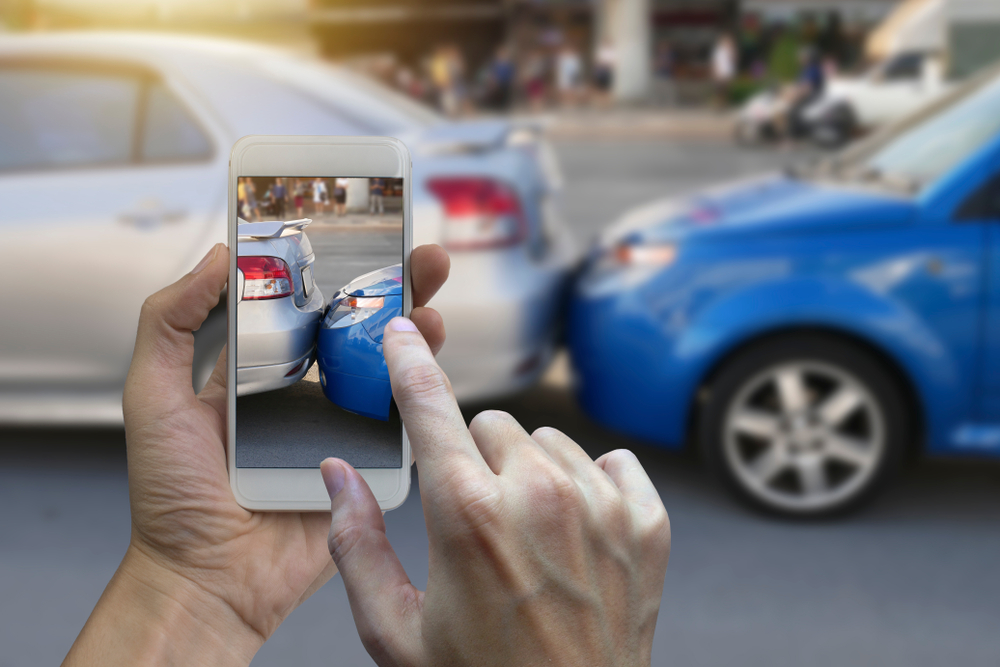
The accident itself may be over in a matter of seconds, but the actions you take in the hours and days that follow are just as important for protecting your health and your ability to recover fair compensation. Car accident settlements depend heavily on the evidence you collect, the medical care you receive, and the legal steps you take early on, all of which affect the value of your claim.
File the Official Accident Report
If the police were not called to the scene, you may still have a legal obligation to report the crash. Under New York law, if the property damage from the crash appears to exceed $1,000 for any single person, you must file your own report (Form MV-104) with the DMV within 10 days. This creates an official record of the incident.
Document Your Injuries and Seek Medical Care
Some of the most common injuries from rear-end collisions, such as whiplash or a herniated disc, may not present symptoms immediately. Pain and stiffness might not flare up until days or even weeks after the impact. It is important to see a doctor as soon as possible, even if you feel you are uninjured. This creates a medical record that links your physical complaints directly to the crash, which is necessary for pursuing any injury claim. It is also helpful to keep a simple journal to track your symptoms, your pain levels, and the ways your injuries are affecting your daily activities.
Be Cautious When Speaking to Insurance Adjusters
Expect to receive a call from the other driver’s insurance company. The adjuster may sound friendly and concerned, but it is important to remember their primary role: to protect their company’s financial interests by minimizing the value of your claim.
You are not required to provide them with a recorded statement, and it is almost always in your best interest not to. It is best to let your Long Island car accident lawyer handle all communications with any insurance companies involved. Above all, do not accept an early settlement offer. You cannot know the full extent of your injuries and financial losses until you have completed your medical treatment.
FAQ for Rear-End Collisions on Long Island
What if the other driver and I agree not to call the police?
This is generally not a good idea. A police report creates an objective, official record of the incident, the parties involved, and the conditions at the scene. Without it, the other driver could later change their story, misrepresent the facts, or even deny that the accident ever happened. If you are already home and no police report was filed, you should still file your own MV-104 report with the DMV to document the event. Furthermore, a police report is required for some claims.
How long do I have to file a personal injury lawsuit in New York?
For most car accident injury claims in New York, the statute of limitations is three years from the date of the accident. This is the hard deadline to file a lawsuit. However, there are exceptions. For example, if your claim is against a government entity (for example, if you were hit by a county bus, town vehicle, or other municipal car), the deadline is much shorter. You typically have only 90 days from the date of the crash to file a formal “notice of claim.” Additionally, if you are younger than 18, you may have longer to file a claim.
Can I still have a case if there was very little damage to my car?
Yes, absolutely. Modern car bumpers are engineered to absorb significant impact forces with very little visible cosmetic damage. However, the energy from that impact does not simply disappear; it is transferred through the vehicle and to the people inside. Serious, permanent spinal injuries like herniated discs and whiplash can occur in low-speed collisions that leave only minor scratches or dents on the vehicles involved. The extent of property damage is not always a reliable indicator of the severity of a person’s injuries.
How much does it cost to hire a rear-end collision accident lawyer?
Our firm handles personal injury cases on a contingency fee basis. This arrangement is designed to provide access to legal representation for everyone, regardless of their financial situation. It simply means that you pay no upfront costs or out-of-pocket fees. We only receive a legal fee if we are successful in recovering compensation for you, either through a negotiated settlement or a court verdict. Our fee is a percentage of the total recovery.
Let Us Handle the Details, So You Can Focus on Healing
We will investigate every aspect of your accident and pursue the maximum compensation available under the law for your medical bills, lost income, and the pain and suffering you have endured.
Call us today at (631) 451-7900 for a free, no-obligation conversation about your accident. We are here to help.
